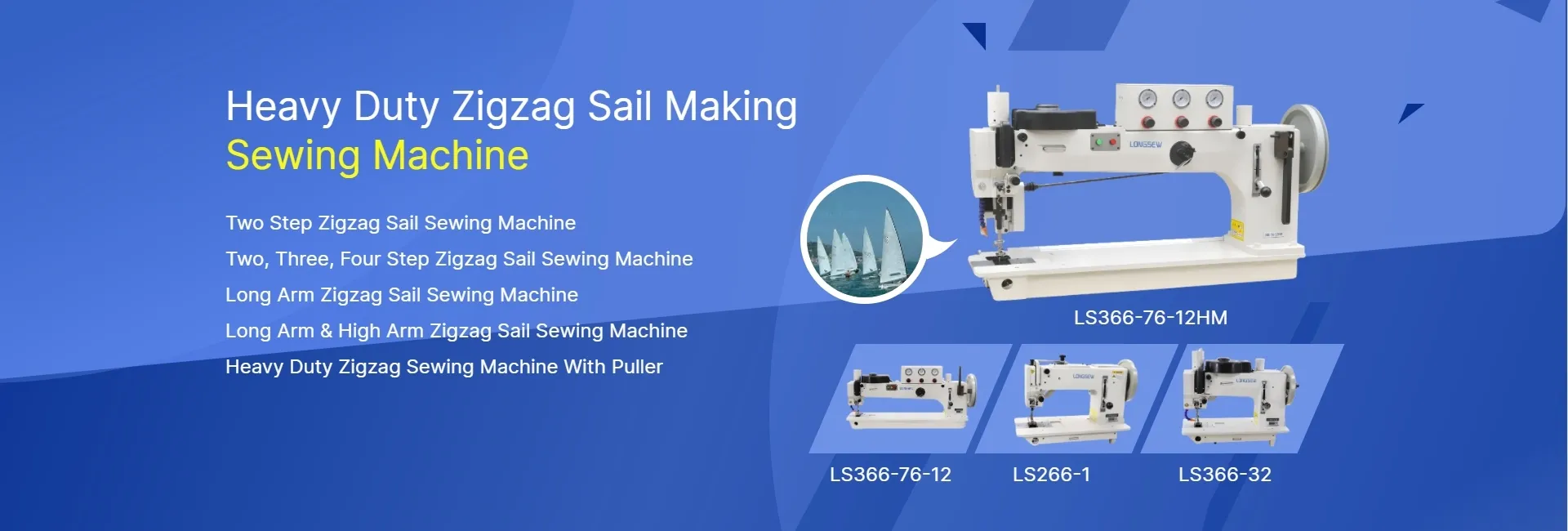Versatile Compound Feed Sewing Machines for Enhanced Stitching Precision and Efficiency
The Evolution and Impact of Compound Feed Sewing Machines in Textile Manufacturing
In the ever-evolving world of textile manufacturing, the efficiency and precision of sewing machinery play a pivotal role. Among the various types of sewing machines, the compound feed sewing machine holds a unique position. This innovative technology has transformed the way fabrics are handled and sewn, making it indispensable in the garment industry.
Understanding Compound Feed Sewing Machines
At its core, a compound feed sewing machine utilizes a combination of three feeding mechanisms the needle feed, the walking foot, and the teeth feed. This triple action allows for superior control over fabric movement, enabling manufacturers to sew multiple layers of fabric cleanly and accurately. The needle feed mechanism ensures that the needle guides the fabric consistently, while the walking foot and teeth feed mechanisms work in unison to transport the fabric forward.
This setup reduces the chances of fabric slippage, a common problem encountered when sewing slippery or layered textiles. Consequently, compound feed sewing machines are favored for their ability to handle a variety of materials, from delicate silks to heavy-duty canvas, making them versatile tools in the sewing industry.
Advantages of Compound Feed Technology
The advantages of compound feed sewing machines are manifold. Firstly, their design allows for enhanced fabric handling, which translates to less fabric distortion and fewer puckered seams. For manufacturers, this means reduced rework and material waste, thus saving costs and time in production.
Secondly, the precision offered by these machines is particularly beneficial in high-stakes environments, such as the production of uniforms, outdoor gear, or technical textiles where durability and consistency are non-negotiable
. Additionally, compound feed sewing machines are capable of executing intricate stitches and patterns, expanding the creative possibilities for designers.Moreover, these machines often come equipped with various built-in features, such as adjustable stitch lengths and widths, automatic tension control, and even programmable settings for batch production. These advancements not only improve the efficiency of the sewing process but also ensure that the final products meet the highest quality standards.
compound feed sewing machine

The Impact on the Industry
The introduction of compound feed sewing machines has significantly impacted the textile industry. They have enabled manufacturers to increase production speeds while maintaining high-quality outputs. As competition in the garment sector intensifies, the ability to produce garments quickly without compromising on quality is a game-changer. This efficiency also aids in meeting consumer demands for rapid delivery and customization options, which have become increasingly popular in today’s fast fashion landscape.
Furthermore, compound feed sewing machines have contributed to labor efficiency. With the precision and automation features of modern machines, operators spend less time on manual adjustments and more time on productive tasks. This not only boosts overall productivity but also enhances job satisfaction, as operators can focus on refining their skills and tackling more complex sewing projects.
Challenges and Considerations
Despite their myriad advantages, it's essential to recognize that the integration of compound feed sewing machines is not without challenges. For instance, initial investment costs can be high, which may be a barrier for smaller operations. Additionally, operators require proper training to harness the full potential of these machines, necessitating ongoing education and skill development.
Additionally, as with any technology, there is an inherent need for maintenance and occasional repairs. Ensuring that machines are well-kept is crucial for longevity and optimal performance, which can be a logistical hurdle for some manufacturers.
Conclusion
In conclusion, the compound feed sewing machine has revolutionized the textile manufacturing landscape by offering unmatched versatility and precision. Its ability to handle a wide range of fabrics while minimizing issues such as slippage and misalignment sets it apart from other sewing machines. As the demands of the industry continue to evolve, the role of compound feed sewing machines will undoubtedly grow, shaping the future of garment production. By understanding both the benefits and challenges associated with this technology, manufacturers can harness its full potential to drive innovation and efficiency in their operations, ultimately leading to superior products that meet the needs of today’s consumers.
-
Heavy Duty Leather Sewing Machine: A Must-Have for Professional LeatherworkNewsMay.28,2025
-
Leather Sewing Machine: Essential for High-Quality LeathercraftNewsMay.28,2025
-
Extra Heavy Duty Sewing Machine for Premium Leather ApplicationsNewsMay.28,2025
-
Walking Foot Cylinder Arm Sewing Machine: Precision and Power CombinedNewsMay.28,2025
-
Industrial Cylinder Arm Sewing Machine: Engineered for High-Performance StitchingNewsMay.28,2025
-
Cylinder Bed Sewing Machine: A Powerful Solution for Precision StitchingNewsMay.28,2025
-
Zigzag Sewing MachineNewsMay.12,2025





























